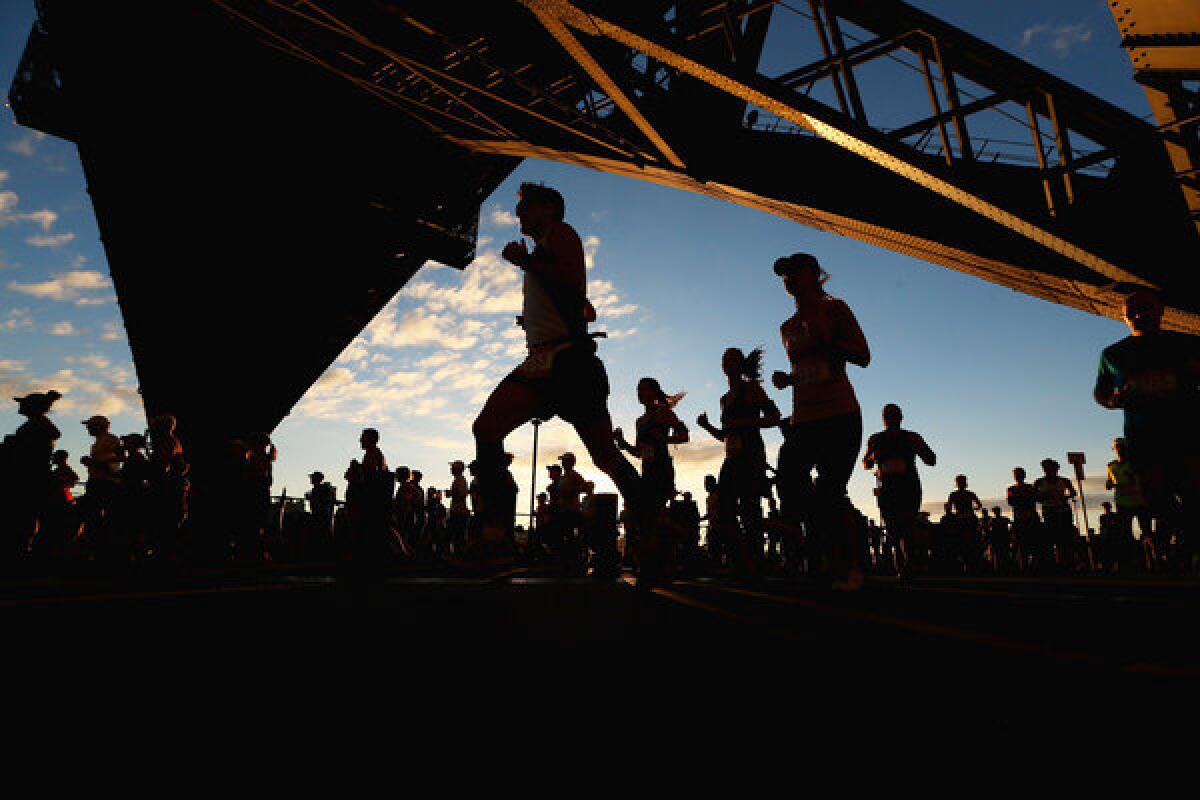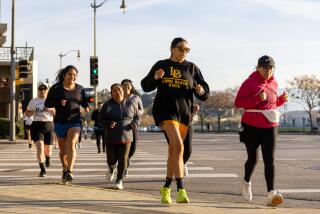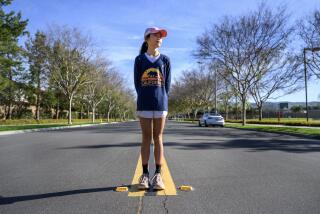Half-marathons hold special appeal to female runners

There’s a good reason why half-marathons have become the most popular distance in America and why more women are showing up on the starting lines.
Actually, it’s a “half” good reason:
“The half-marathon is a whole lot less wear and tear and a whole lot less time,” says Jeff Galloway, a 1972 Olympian and pioneer of the so-called run/walk training program that has helped more than 200,000 people finish marathons and half-marathons.
A record number of women — just more than 1.1 million making up 60% of the finishers — completed half-marathons in 2012, according to Running USA. Galloway says the half-marathon, 13.1 miles, is especially attractive to women because training doesn’t require fancy equipment and is focused on results.
GRAPHIC: Training for a half-marathon in 13 weeks
“Training for a half-marathon gives you significantly more a sense of satisfaction than a 10K, and if you do it right, you don’t have to beat yourself up in training,” he says.
Moreover, training for a half-marathon can be empowering for women. Galloway says that a day rarely goes by that he does not receive an email from a woman who says that she was able to apply her approach to training — setting a goal, breaking it down into smaller benchmarks and then taking action — to other life accomplishments, such as getting a graduate degree or saving for a house.
“There are a lot of life lessons in there,” he says.
Training for a half-marathon is decidedly different from training for a 5K or a 10K, distances in which the emphasis is on running hard for a relatively short period of time.
By contrast, half-marathon training, at least for beginners, is about learning to slow down.
Galloway suggests that half-marathoners put in a longish run once a week during training, run that distance at a pace that is 2 minutes slower than they normally run and include regular walk breaks. That protocol builds endurance and stamina and makes running longer distances much more enjoyable, he says. It also allows a couch potato to be transformed into a runner, he adds.
Once someone has a few half-marathons in the rearview mirror, training can shift to focusing on finishing times or the full marathon. In the beginning, though, he suggests just focusing on finishing safely.
The fine print on training regimen
“Long, slow run” means just that. Remember, you are not trying to win the race. You are trying to safely finish it. This training program assumes a Monday-to-Friday workweek. Feel free to adjust it to your schedule. Just be sure to plan a rest day before and after your long runs. Before committing financially to a race, put in a few weeks on the program. That will help you gauge whether you’ll be ready to plunk down your hard-earned money for a fall race or whether you’re better off going for a race in early 2014.
Members of #LATFit Nation are trying to stick to 2013 fitness goals by taking small, achievable steps toward health. Are you planning to run a half-marathon? If so, tag us on Twitter and Instagram with the #LATfit hashtag so we can cheer you on.
ALSO:
Television, movies can take mind off walking
Running shoes put an extra spring in your step
Special training programs may prevent ACL tears, knee injuries
More to Read
Sign up for Essential California
The most important California stories and recommendations in your inbox every morning.
You may occasionally receive promotional content from the Los Angeles Times.











